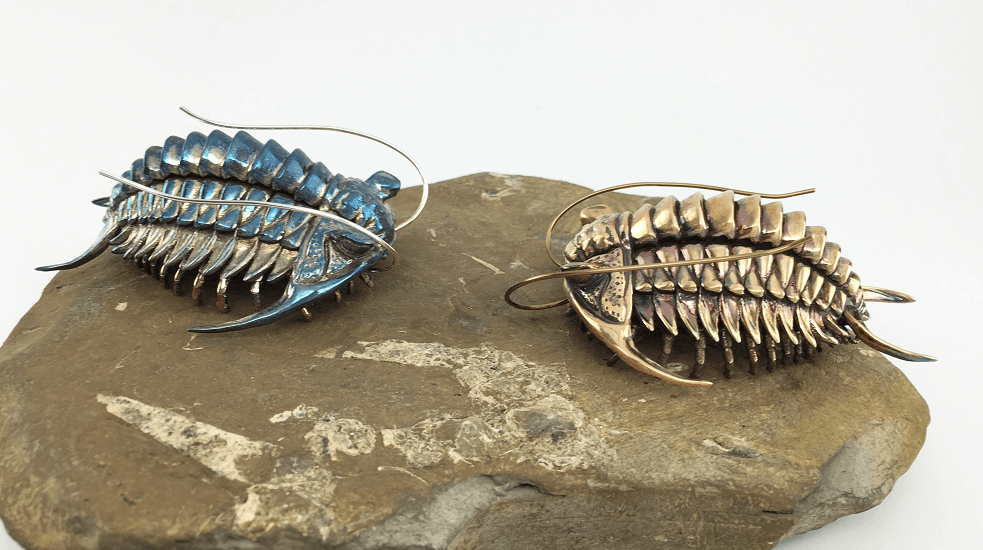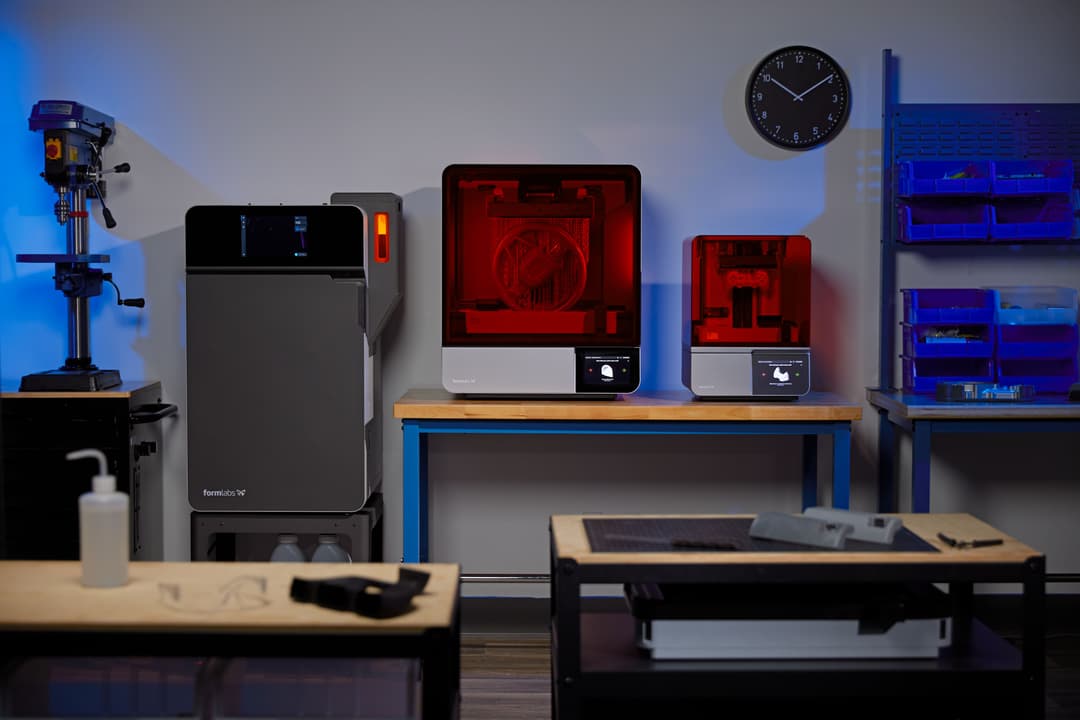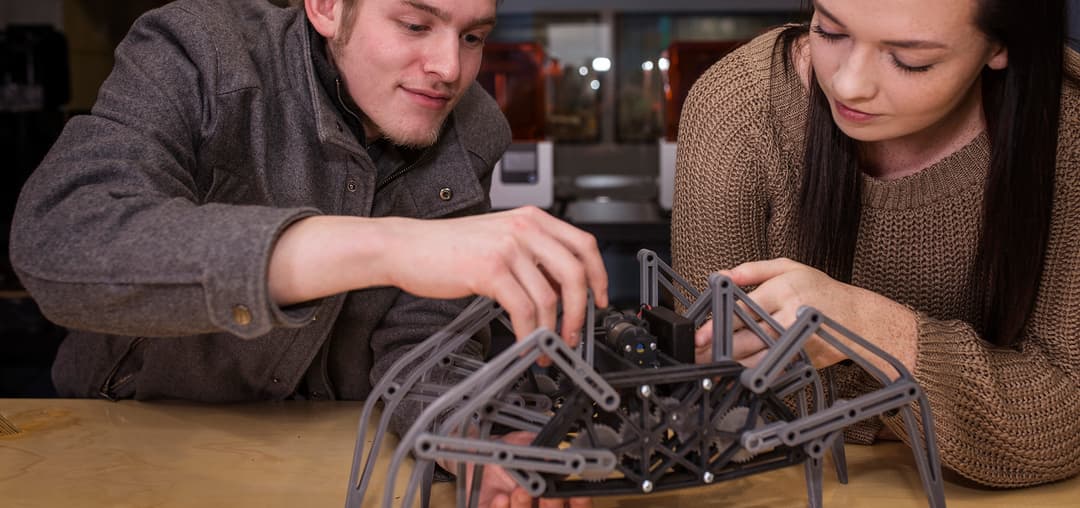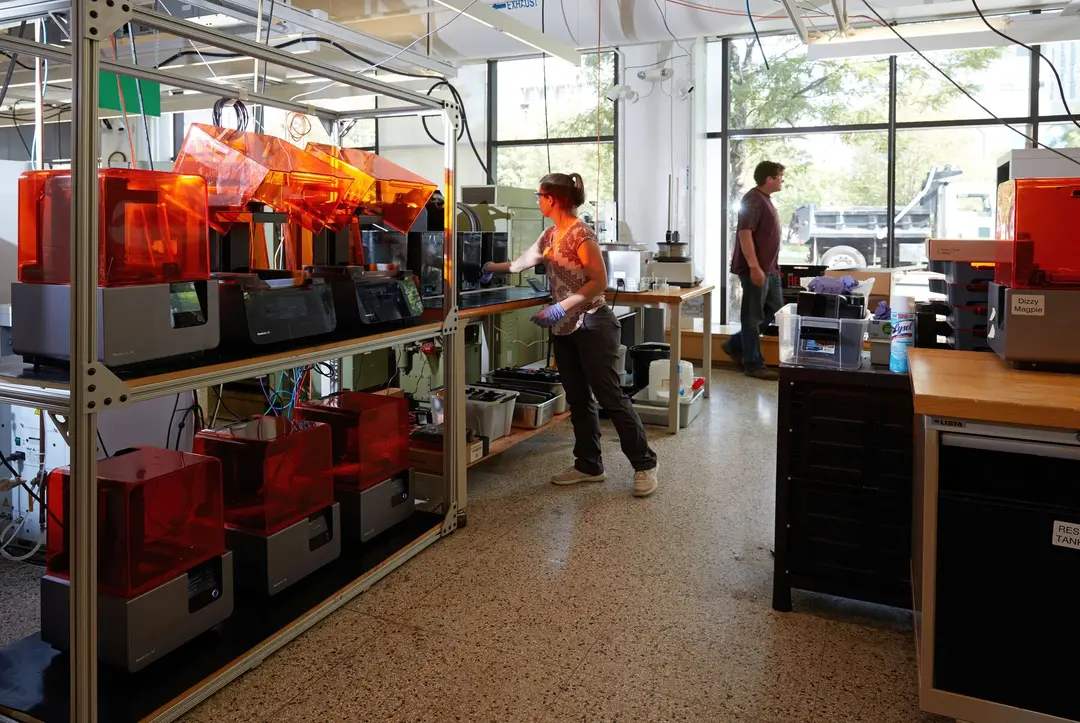
Over 250 million years ago, trilobites wandered the earth’s seas, their delicate antennae waving and tough segmented armor curving to defend against predators. The trilobite is the most diverse animal group preserved in the fossil record—there are over 17,000 known species. Although trilobites roamed the oceans for over 270 million years (longer than dinosaurs), only fossils remain in the modern era.
Dr. Allan Drummond, a biochemistry professor at the University of Chicago, set out to bring these extinct marine arthropods into the present day. Allan sought to breathe life into the ancient creature using a cutting-edge method—3D printing.
Trilobites had long fascinated him. “Trilobites are something that, with a few exceptions, we will never get to hold in our hands.” Trilobite fossilization usually preserves only the exoskeleton armor; the delicate legs, gills, and antennae are lost. Allan wanted to restore one of these animals as it was in life. To capture the tiny, fragile details, he turned to the Form 1+.

For his first trilobite, Allan printed in Formlabs Clear Resin. The Form 1+ has capabilities to print in 25 microns, but Allan decided that 50 microns would be able to produce a high-fidelity prototype of his design, slender antennae and all.

He printed the exoskeleton and delicate legs separately and then assembled them. “The first time I slipped the two pieces together, it was a little bit like magic. The animal came to life.” The Form 1+ captured the arthropod’s subtle ridges, segmented legs, and finely-featured head. But there were a few things about the design that he wanted to change. He was concerned with particulars that only a trained eye would see—for instance, he thought that the legs looked a bit too crustacean. For Allan, it was enough to redesign the model and print again.

In his second design, Allan opted for Black Resin. He still printed in 50 microns on the Form 1+, but he liked this prototype even better than the first. He admired the trilobite’s intricate exoskeleton and tiny, even legs. The model’s curved back imitated the curling movement of a real-life trilobite when threatened. He says, “You can imagine her exploring her world, questing with her cephalic appendages and antennae, seeking prey and potential mates.”
Allan later used the prototype to print a metal version through Shapeways. He added a patina to the surface to accentuate the model’s details. The result is a life-size trilobite replica with a tarnished appearance like an antique treasure.
Thanks to the Form 1+, Allan was able to turn his many hours of designing into a prototype that captured all the details of a trilobite from millions of years ago. He says, “She may be the most accurate life-size reconstruction of a trilobite out there.”



